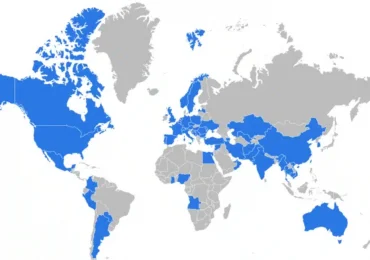Modernization Advisor helps you modernize your SQL Server on Azure Virtual Machines workloads using fully managed PaaS by identifying suitable[…]
Leggi di più
Microsoft is publishing for the first time our research into a subgroup within the Russian state actor Seashell Blizzard and[…]
Leggi di piùAzure announces the general availability of the D and E family VMs built on the new 5th Gen Intel® Xeon®[…]
Leggi di piùWith Azure Virtual Network Manager, a central management service for your virtual network resources, you can easily manage your virtual[…]
Leggi di piùAzure Premium SSD v2 Disk Storage is now available in New Zealand North region. This next-generation storage solution offers advanced[…]
Leggi di più
In today’s rapidly evolving healthcare landscape, digital transformation is no longer a luxury but a necessity. One of the most[…]
Leggi di piùFallback to internet on Private DNS Zones: New feature which unblocks adoption of a fully managed solution for Network Isolation[…]
Leggi di piùIncreased IP Group Limits: We’ve doubled the IP Group limit in Azure Firewall policies from 100 to 200 per policy.[…]
Leggi di piùAzure Firewall Resource Health Check: Resource Health Check now includes backend Azure Firewall instance health monitoring in addition to existing[…]
Leggi di più
There are countless statistics about cybercrime and one of the most impactful is that for threat actors. Their profits continue[…]
Leggi di piùAzure Data Studio (ADS) will be officially retired on February 28, 2026, to streamline development efforts and improve the user[…]
Leggi di più
In December 2024, Microsoft Threat Intelligence observed limited activity by an unattributed threat actor using a publicly available, static ASP.NET[…]
Leggi di più